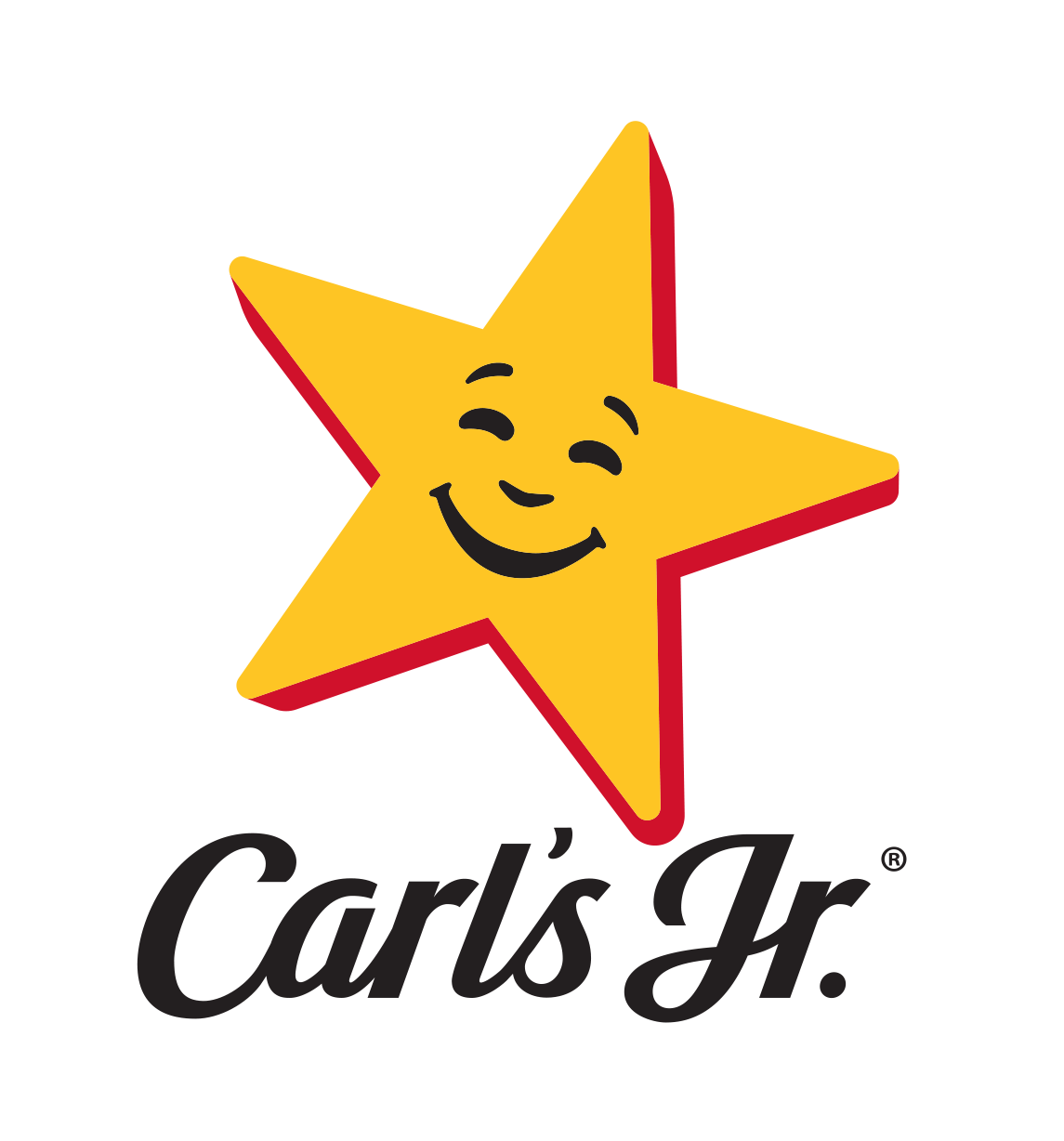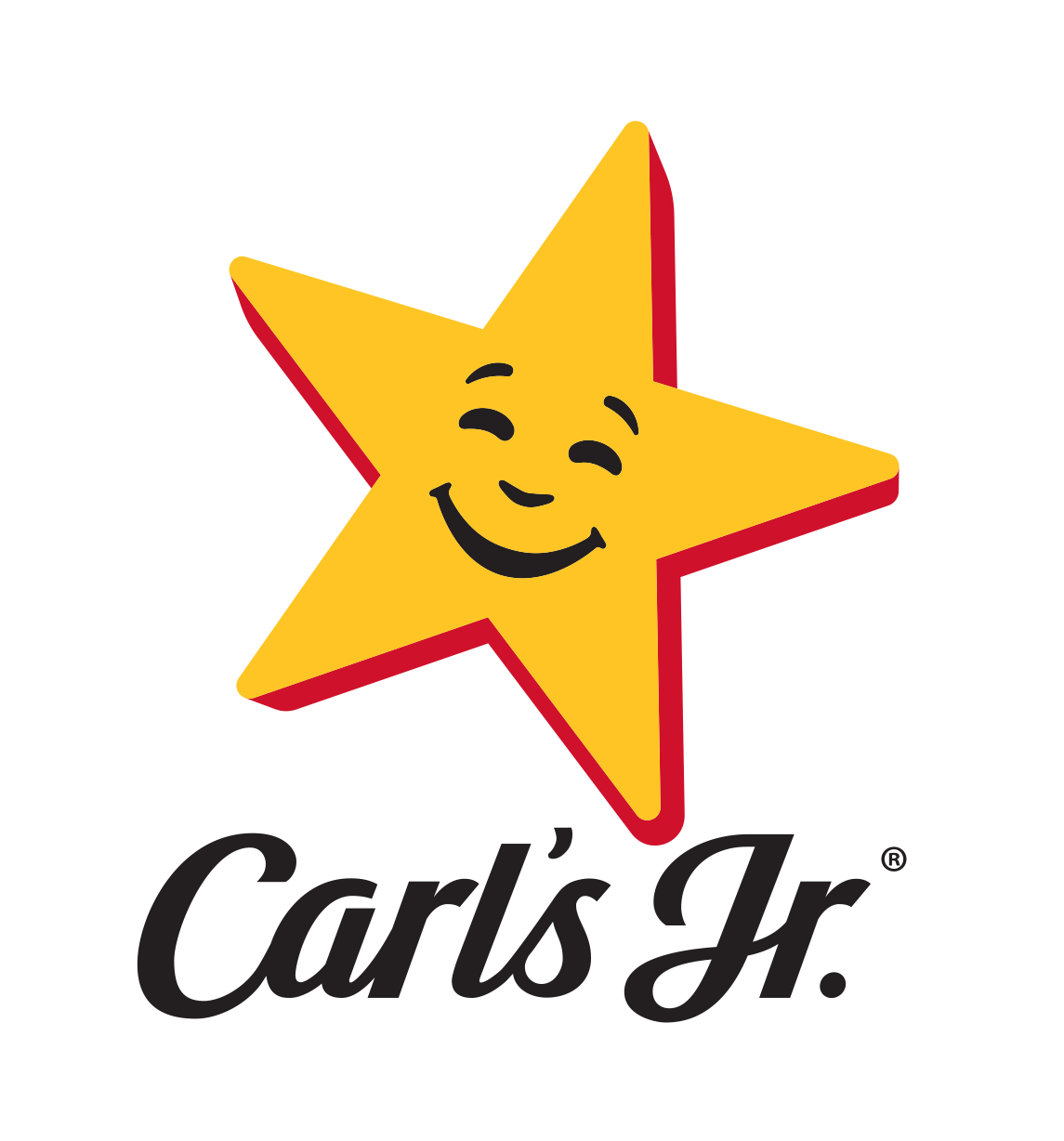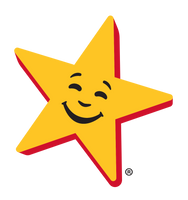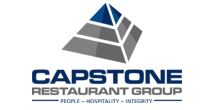Title Page
-
Conducted on
-
Prepared by
-
Location
-
Name of person conducting audit
-
Select date
SUPERVISION
-
OPM (operations Procedures Manual) is available/PIC knows what an OPM is and where it is located.
-
PIC is aware of food safety requirements or food safety standards
-
PIC is knowledgeable of allergens
-
PIC has knowledge of how to handle a customer with an allergy.
-
PIC has knowledge of allergy symptoms
-
Ask PIC if they have pest control service and notate how often service occurs.
-
Minimum of one Critical Deficiency Evaluation Per week
-
Restaurant has at least one Certified Food Safety Manager and PIC is able to answer knowledge questions.
EMPLOYEE HEALTH
-
Employee health policy present, employees restricted and bodily fluid cleanup kits are available (CRITICAL)
-
BANDAGES ARE AVAILABLE IN THE RESTAURANT (CRITICAL)
CONTROL OF HANDS AS A VEHICLE FOR CONTAMINATION
-
Adequate hand washing sinks supplied and accessible (CRITICAL)
-
Bare hand contact with ready to eat food or single service item
-
Hands are washed when required and with proper methods
PROTECTION FROM CONTAMINATION
-
Food products stored to prevent cross contamination (anywhere in restaurant)
-
Back of house touch points properly clean
-
Food stored to prevent contamination (dirt, vermin, droplet contamination, overhead leakage, etc.) during preparation, storage and display)
-
Backline employee hair properly covered and/or restrained, clean outer clothing, jewelry prohibition, fingernails
-
Food not prepped on a table or in a sink that has been properly cleaned/sanitized. Dirty dishes not present in a prep sink.
-
Sanitizer buckets are available in required locations and at correct concentration. Sanitizer towels are properly used and stored.
-
Facility is free from flies, ants, and other pests. Only approved pesticides are used.
-
Foods properly labeled, original container
POTENTIALLY HAZARDOUS FOOD TIME/TEMPERATURE
-
Cold holding temperature requirements met
-
No unlabeled or out of date PHF products present or used
-
Cut lettuce, tomato and sliced cheese on back line make table are timed properly
-
Hot holding temperature requirements met
-
Minimum cooking/reheating temperature requirements met
TOXIC SUBSTANCE PROPERLY IDENTIFIED, STORED, USED
-
Chemicals stored and labeled properly
FOOD TEMPERATURE CONTROL
-
Acceptable techniques are used for thawing PHF's
-
Proper cooling procedures being followed
PREVENTING CONTAMINATION FROM EQUIPMENT/UTENSILS
-
Clean smallwares and cutting boards stored to prevent contamination
-
In use utensils anywhere in the restaurant stored in a sanitary manner/free of damage
-
Small wares are easily cleanable/free from damage
-
Equipment cleanable and in good repair (prevent from contamination) and ice machine interior clean
PROPER CLEANING/SANITZING UTENSILS AND EQUIPMENT
-
Drink nozzles and ice chutes are free from mold or accumulated buildup
-
Shake spindle cleaning frequency procedure is being followed
-
Food prep surfaces clean
-
Slicer/dicer properly clean and in good repair
-
Utensils, knives, cutting boards, and other utensils properly clean
-
Dish machines are sanitizing peoperly. Sanitzer dispensers are in good condition and testing materials are available.
-
Ware wash sinks are setup properly and maintained clean
PHYSICAL FACILITIES
-
Physical facilities properly installed, maintained and clean
-
Plumbing is in good repair with no evidence of sewage. Backflow devices present and working where required.
-
At least one functional toilet available in each restroom
-
Hot and cold water available with adequate pressure
HACCP PLAN
-
QA Daily Temperature tracking log completed properly and/or thermometer and/or swabs available











